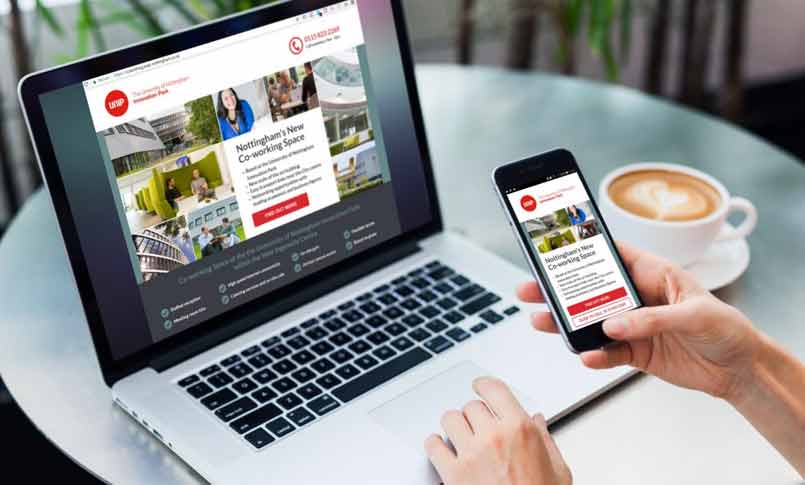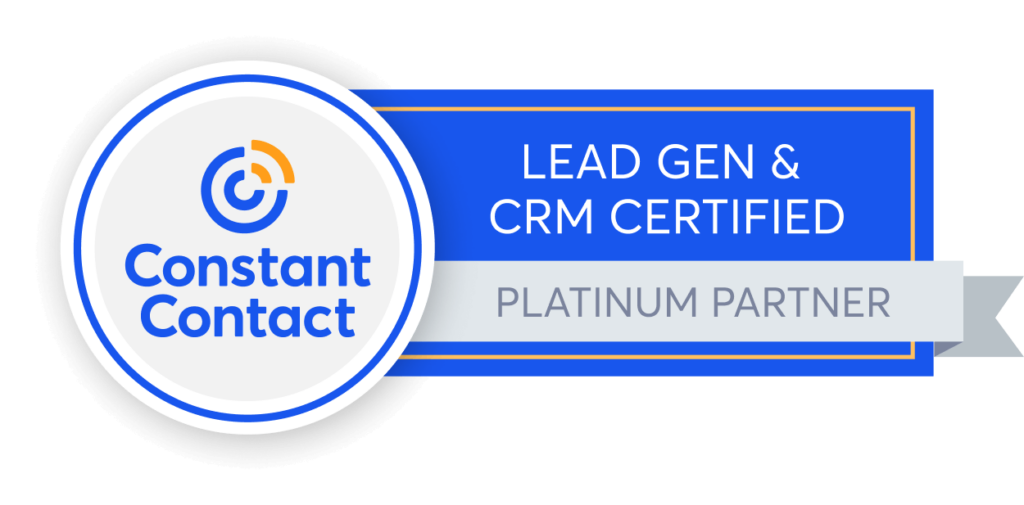Your Digital Marketing New Year’s Resolution
Do these 7 things before January 31.
The good news about these seven B2B digital marketing best practices is that they do not involve diets, giving up wine, or loads of investment.
1. Make sure your site is https
In July 2018, Google started displaying a “not secure” warning in its Chrome browser for any site not using https. Over 70% of desktop users and over 50% of mobile users are on Chrome, so well over half of your visitors will see a “not secure” warning on every page of your site. Although a security warning isn’t the end of the world, it is distracting for web visitors and is an ongoing blot on your website’s user experience which will result in lost conversions and drip-drip damage to your brand.
2. Buy your own brand name on Google Ads
I know what you’re thinking: but I’m already P1 one for my brand name, why should I pay for it? First, are you sure? It’s worth checking that a competitor or business with a similar name hasn’t moved into P1 either through a paid or organic listing. Second, it won’t cost much. Third, it allows you to own more of the real estate on your search engine results page. Fourth, it enables you to control the messages that your prospects and customers see (I’ll bet your careers page appears as one of your site links, is that really relevant for prospective customers?).
3. Claim your Google Knowledge Panel
Google has two types of Knowledge Panels, local and branded panels. They’re really important for displaying key business information such as contact details and opening hours, plus they increase the amount of real estate you own on the search engine results page for your brand. Both types of panels can be claimed through the listing that appears on the right hand side of a desktop search results page, but if you don’t see one appear, you can open a Google My Business account and verify your business information. This will increase the chances of a local panel appearing; sadly there isn’t a way (currently) to do the same for the branded panels. Check out this excellent article from Yoast for a more detailed explanation.
4. Check that your Google Map isn’t broken
Google changed the Maps API and we’ve spotted loads of broken Maps, just have a quick look across your website and landing pages to make sure yours is still displaying correctly.
5. Put your phone number at the top of your site
Most B2B products and services are relatively complex and will ultimately require person-to-person selling. The best outcome of your digital marketing campaign is almost always inspiring a prospect enough to call you. So make phone numbers prominent on your website, ideally in the header(and as click-to-call on mobile).
6. Set up remarketing on the Google Display network
B2B products and services usually have a long consideration cycle: use remarketing as a way of staying in touch with your prospects throughout their decision-making process. A couple of pro tips: set the frequency caps at something reasonable, you want gentle reminders not exhausting in your face selling; and make sure you change the creative and messaging every few months to keep things fresh and interesting.
7. Use the LinkedIn Insight Tag
Love it or hate it, LinkedIn remains one the most important platforms available to B2B marketers (and yes, recruitment agents). The LinkedIn Insight tag enables you to collect data on your website visitors and match them with LinkedIn’s formidable database of over 500 million users. You’ll need a Campaign Manager account to generate a tag and then you’ll need to add it to all of your digital properties (website and landing pages), plus set up some Matched Audiences. For more detailed help, check out our previous blog article on these features.
And of course if you need any help, give us a call. We offer a free 30 minute consultation to qualifying businesses. But please don’t ask for diet tips or help with dry January!







